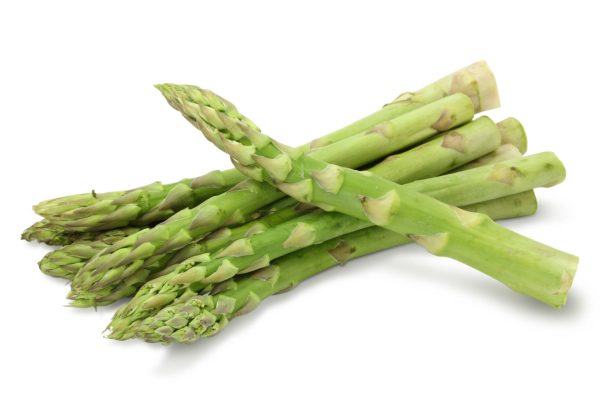Project Report For Asparagus Farming
Introduction
Project Report for Asparagus Farming is as follows.
Asparagus, frequently referred to as garden asparagus, sparrow grass, or Asparagus officinalis, is a perennial flowering plant in the Asparagus family. Its fresh shoots are eaten as a vegetable in the spring. Asparagus species can grow upright or climb, and the majority of them are woody in some way.
The rhizomelike or root tuber produces noticeable fernlike branchlets. True leaves have been reduced to tiny scales. Many species are dioecious (individuals are either male or female), and the spring blooms are followed by scarlet berries in the autumn. Cladodes, which are leaflike structures found in the axils of real leaves, distinguish members of the genus.
It was originally classed as a lily, along with other Allium species, onions, and garlic. However, genetic research classifies lilies, Allium, and asparagus into three distinct families: Liliaceae, Amaryllidaceae, and Asparagaceae, with the Amaryllidaceae and Asparagaceae classified together in the order Asparagales. The natural range of Asparagus officinalis varies, although it typically includes much of Europe and western temperate Asia. It is frequently grown as a vegetable crop.

Benefits Of Asparagus Farming
Improves intestinal health: Asparagus is one of several plants that serve as a prebiotic, feeding the good bacteria that exist in our digestive tracts and allowing them to grow and multiply.Cooked asparagus may be beneficial in gastrointestinal disorders, according to study, since it helps to regulate the digestive system, lowering inflammation and boosting healing.
May ease hangovers: A combination of its high fibre and flavonoid (protective plant chemical) content, asparagus may help alleviate some of the symptoms of a hangover. According to the research, asparagus may help prevent liver damage induced by alcohol, however further research is needed.
May lower blood pressure: It is well known that increasing your potassium consumption while decreasing your salt intake has a favourable effect on high blood pressure. Asparagus is high in potassium, with one cup providing roughly 5% of your daily recommended intake (RI). Furthermore, animal studies indicate that a natural component in asparagus acts as an ACE inhibitor, dilating blood vessels and lowering blood pressure. This is accomplished by blocking an enzyme in your body from creating angiotensin II, a chemical that narrows blood vessels and raises blood pressure. Although this is an encouraging discovery, the same results have yet to be duplicated in people.
Project Report Sample On
Asparagus Farming
Get Completely Custom Bankable Project Report
Market Potential Of Asparagus Farming
At a CAGR of 3.5% during 2022 and 2028, the market for asparagus is expected to grow from its estimated value of USD 30.2 billion in 2021 to USD 37.5 billion by 2028.
It is projected that the global market for asparagus would grow greatly in the years to come. The vegetable asparagus belongs to the Asparagaceae family. There are more than 200 different species of this plant family. While florists use other species to create bouquets and corsages, certain species are grown as ornamental plants.
The market for asparagus is expected to rise as a result of rising consumer knowledge of the health benefits of the vegetable due to its high fibre, folate, and vitamin K content. Additionally, it boosts digestion, immunity, and cognitive function, which increases customer demand and quickens market growth. It also contains a sizable amount of antioxidants, which promote healthy, glowing skin. This component is also projected to aid in the market growth for asparagus.
Due to the fact that asparagus may be preserved in brine or with the addition of a preservative, rising demand for asparagus pickles is predicted to fuel market growth. Products made from asparagus can be consumed all year long thanks to preservatives. In glass jars, cans, and bottles, the shop offers pickled asparagus and brine. This factor is therefore expected to increase asparagus demand, which would therefore spur market expansion.

